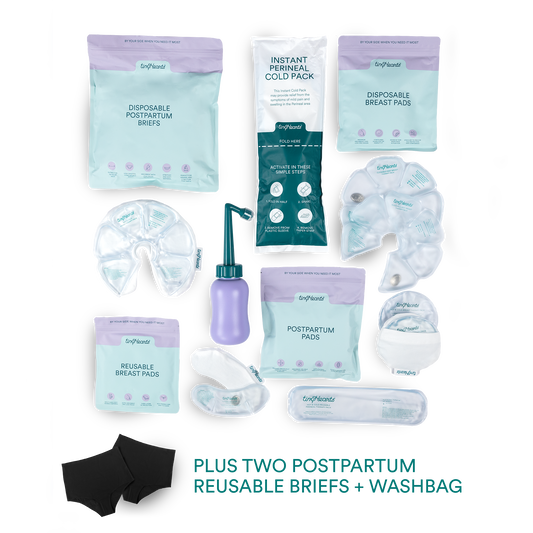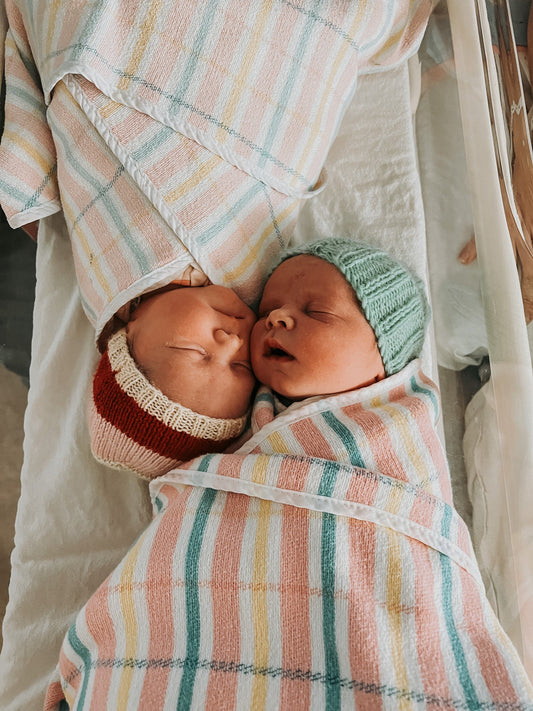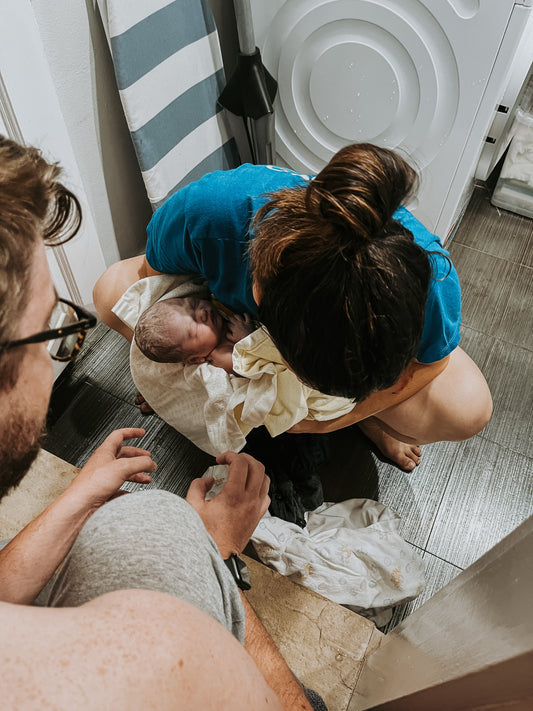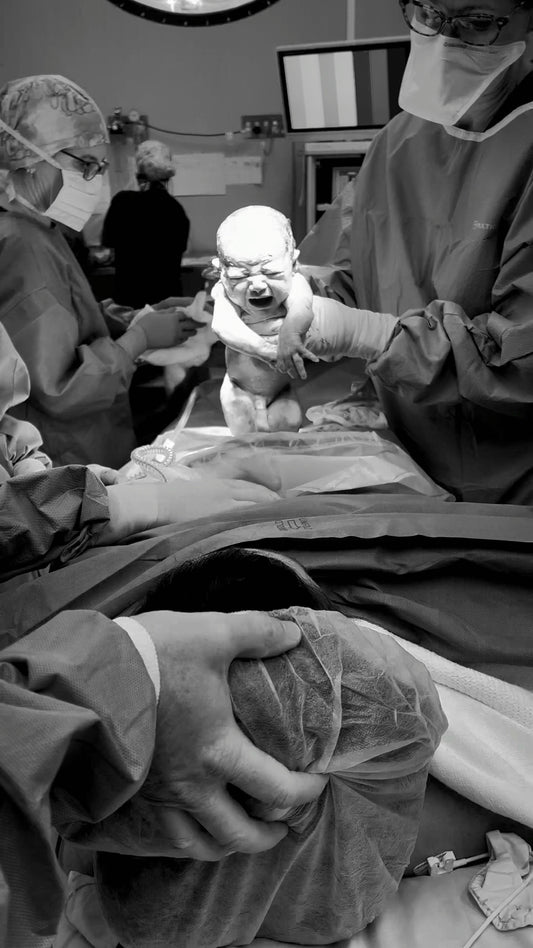When my little one, Aurora, first developed a blister on her mouth, I initially suspected it was just another case of hand, foot, and mouth disease. But soon, her fever, lethargy, and loss of appetite took a worrying turn. She was so exhausted, she could barely stay awake, and all she wanted to do was snuggle close to me. As the days passed with no improvement, I knew something wasn’t right. The concern grew, and after documenting her symptoms, I decided to take her to the emergency room.
The doctors reassured me that it was likely a virus, but I couldn’t shake the nagging feeling that we were missing something. When the swabs came back negative, my worry deepened. I was left in limbo, unsure of what was causing her distress. It wasn’t until a few days later, when a rash appeared and her condition worsened, that we finally received the diagnosis: Kawasaki disease.
I’d never heard of Kawasaki disease before, but once I started learning about it, I realised how crucial early detection and treatment were to prevent potential heart damage. Thanks to the education and guidance I received from Tiny Hearts, I was able to advocate for Aurora’s care and ensure she got the treatment she desperately needed.
Today, after a year of follow-up appointments, I’m so grateful to report that Aurora is doing wonderfully. Her journey taught me the importance of trusting your instincts, being persistent, and seeking the right support.
In this blog, we share the key information about Kawasaki disease—how to spot the symptoms, what to do if you’re concerned, and why early treatment is essential. We hope Aurora's experience helps you recognise the signs early and provides peace of mind if your child is ever in a similar situation.
So, what is Kawasaki Disease?
Kawasaki Disease is a rare condition that causes inflammation in the blood vessels, including the coronary arteries—the vessels that supply blood to your child’s heart. While it’s most common in young children, it can affect kids of any age. If caught early, it’s treatable, and most children make a full recovery. However, if left untreated, Kawasaki Disease can lead to heart problems down the road, which is why it’s important to act quickly if you notice any signs.
We know how scary it can be when your little one is unwell, but rest assured, with the right care, your child can be back to their usual, energetic self before you know it.
How to Spot the Symptoms of Kawasaki Disease in Your Child
Kawasaki Disease doesn’t always look the same for every child, but there are some key symptoms that should raise a red flag. It often starts with a fever that lasts for more than 5 days and doesn’t seem to go away with medicine. Along with the fever, you might notice:
-
Red, cracked lips (they may look like they’ve been sunburned)
-
Strawberry tongue (bright red, bumpy, and a little swollen)
-
Bloodshot eyes, but without any discharge or gunk
-
A rash that can pop up on your child’s body, including the nappy area
-
Swollen hands and feet, followed by peeling skin after a few days
-
Swollen lymph nodes in the neck (this can be a bit tender)

It can feel overwhelming, but you’re not alone in this. If your child has a fever lasting more than 5 days along with any of the other symptoms above, don’t hesitate to reach out to your doctor or seek medical help. Early treatment is key to avoiding more serious complications.
Why Early Diagnosis and Treatment Are So Important
If Kawasaki Disease isn’t treated, it can lead to long-term heart complications like coronary artery aneurysms (which are abnormal bulges in the arteries). But the good news is that with early treatment, we can usually prevent these issues and help your child recover without any lasting effects.
Treatment usually involves a dose of intravenous immunoglobulin (IVIG)—a special treatment that helps reduce the inflammation and fever. Your little one might also be prescribed low-dose aspirin to help prevent blood clots. The treatment is generally very effective, and most kids bounce back quickly, so there’s no need to panic.
What to Do if You Think Your Child Has Kawasaki Disease
We understand how worrying it can be when your child isn’t feeling well, especially when you don’t have all the answers. But if you’re noticing any of the symptoms we’ve discussed—especially a fever that won’t go away—please don’t wait. Take your child to the doctor.
There’s no single test for Kawasaki Disease, but your doctor will be able to put the pieces together with a physical exam, blood tests, and sometimes an echocardiogram (a heart ultrasound). If Kawasaki Disease is suspected, they’ll likely refer you to a specialist for confirmation and treatment.
How is Kawasaki Disease Treated?
While the diagnosis can be stressful, the treatment is straightforward and highly effective. Most children with Kawasaki Disease are treated in the hospital with IVIG, which is given through a drip into their vein. This helps fight off the infection, reduce the fever, and prevent heart damage. In addition, your child may be prescribed aspirin for several weeks to reduce inflammation and help protect the heart.
The good news is that with early treatment, your child will likely feel better in no time, and the risk of heart problems can be minimised. Your doctor will monitor your child closely with heart ultrasounds to ensure everything is healing properly.
What You Can Expect During Recovery
Once your child is feeling better, recovery can take a few weeks. During this time, it’s normal for their skin to peel on the hands and feet. This is just part of the process as their body heals. If your child needs any additional vaccines, like the MMR (measles, mumps, rubella) or chickenpox vaccine, it will be delayed until 11 months after the IVIG treatment to ensure it doesn’t interfere with recovery.
It’s important to keep an eye on your child during recovery, but most kids with Kawasaki Disease fully recover and go on to lead healthy lives. You might even see a follow-up echo test (heart ultrasound) in a few weeks to make sure everything looks good with the heart.
Remember: You’re Not Alone
It’s natural to feel a little scared when your child is diagnosed with Kawasaki Disease. But with early diagnosis and treatment, the vast majority of children recover fully, and they go on to live healthy, happy lives. You’re doing the right thing by educating yourself and seeking out the information you need to protect your child.
If you ever feel unsure or need support, don’t hesitate to reach out to your healthcare provider—they’re there to help guide you through the process. And remember, you’ve got this!
Final Thoughts
We know that caring for a sick child can be one of the most overwhelming experiences as a parent. But if Kawasaki Disease is caught early, there’s every reason to be hopeful. With the right care and treatment, your child will be back to their energetic self, and you’ll have the peace of mind that comes with knowing you took action when it mattered most.







